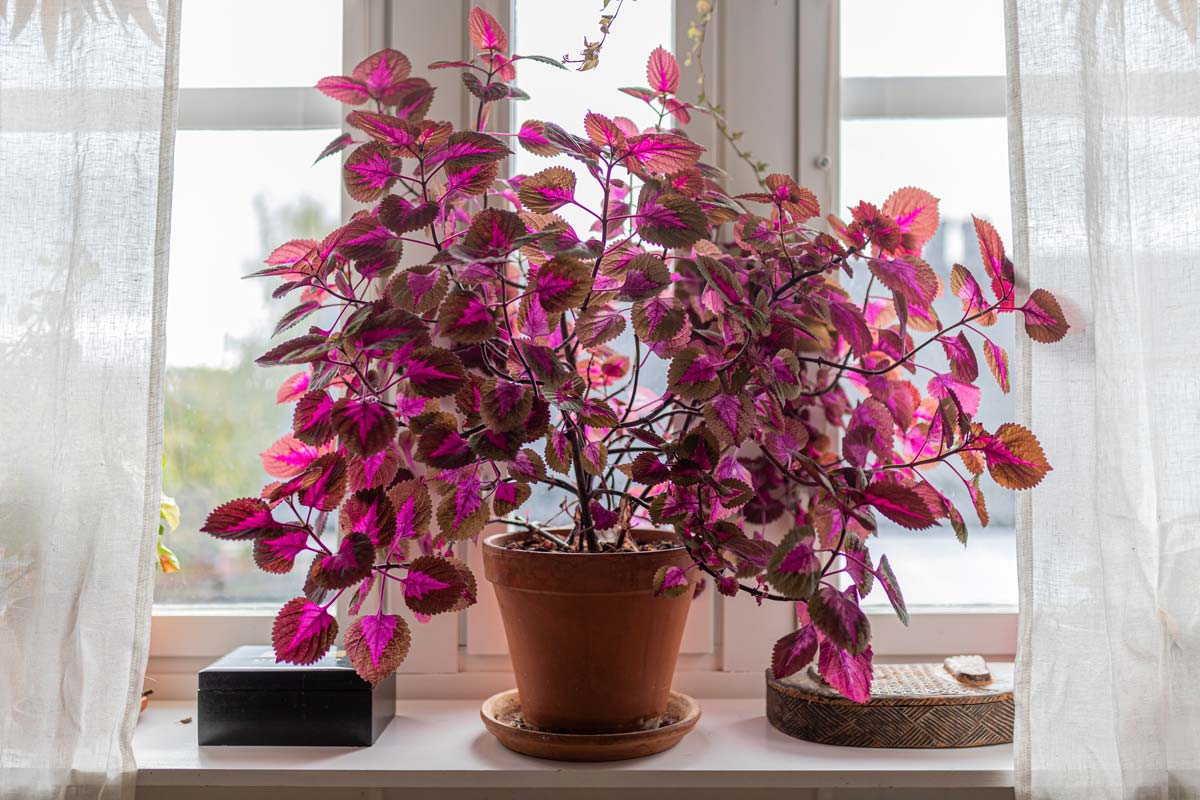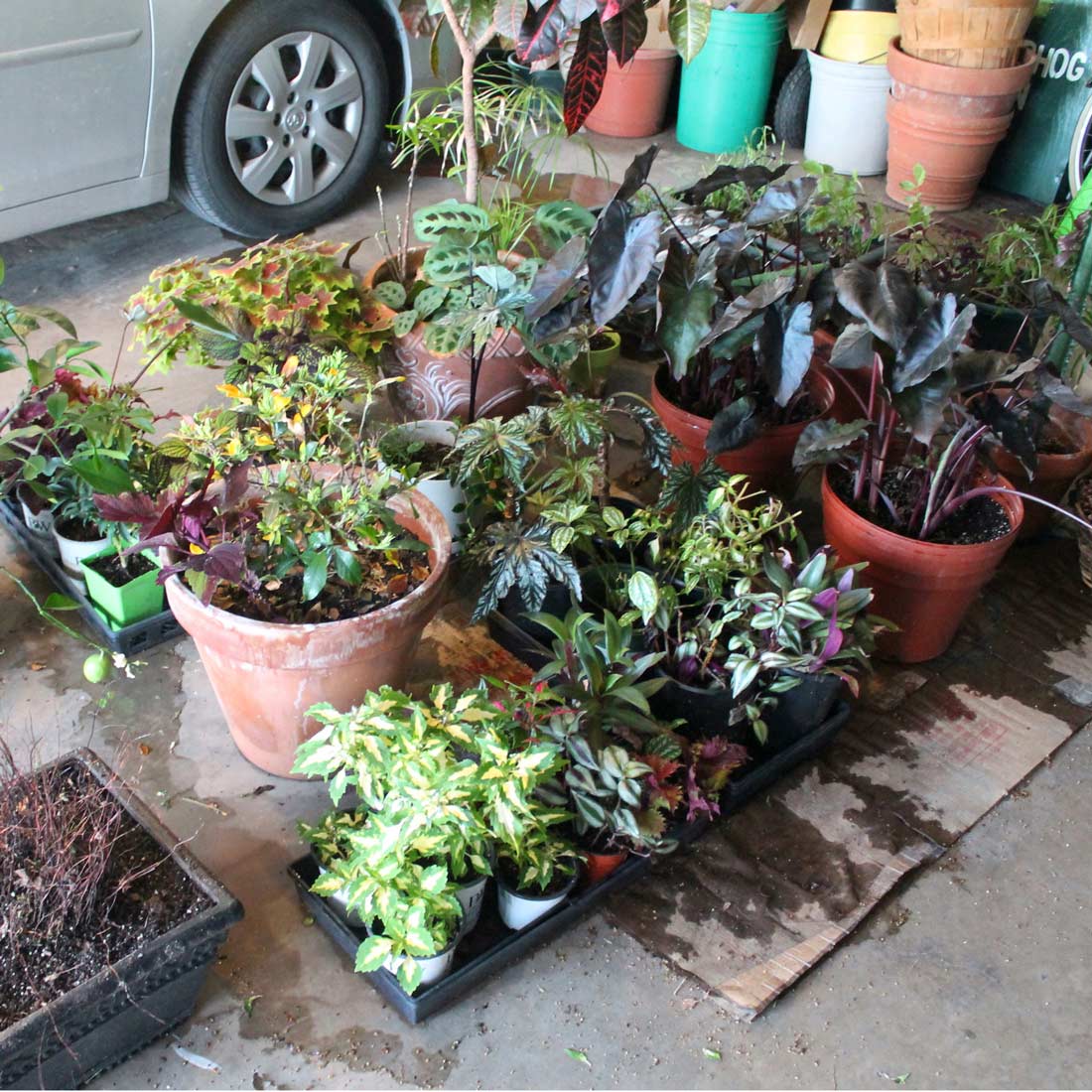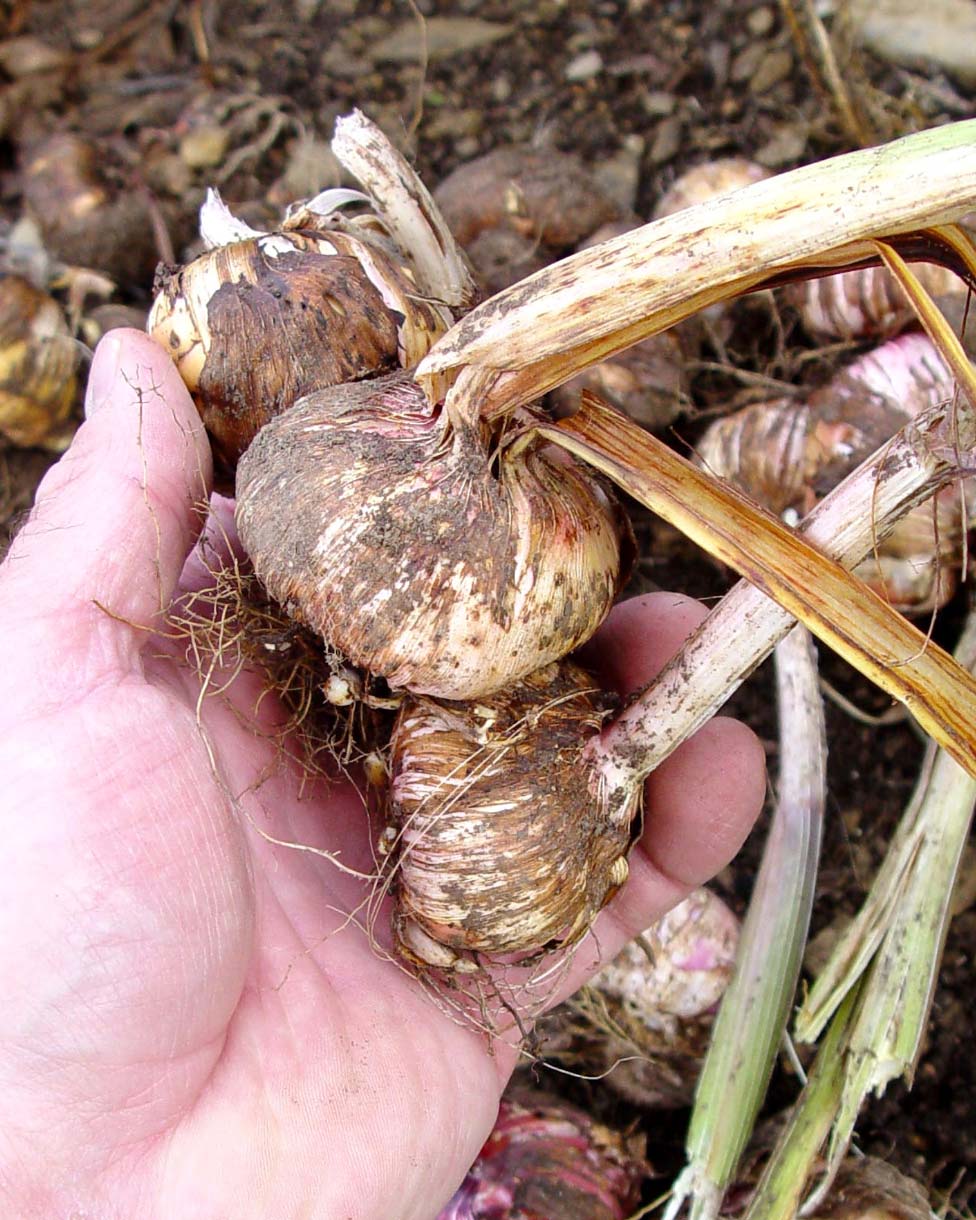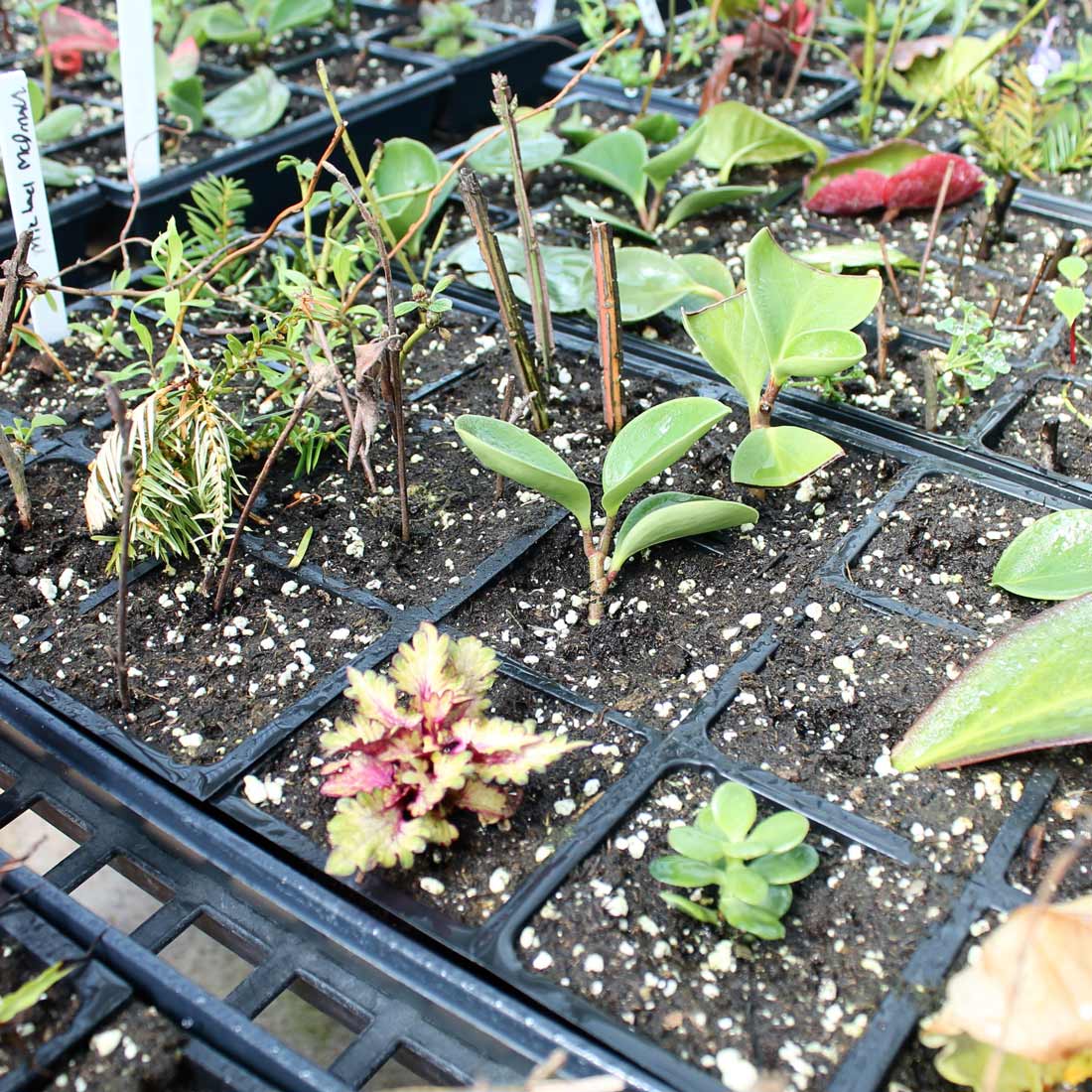How to Start New Indoor Plants from Cuttings
A money-saving way to grow your houseplant collection is by creating rooted “baby plants” from the parts of existing plants.
You could just let all of this year’s annual flowers, potted tropicals, and other non-cold-hardy plants die when frost comes along, then buy new ones next spring.
That’s the easy, convenient, and common option.
But many tender plants can be cajoled into giving gardeners another season via several plant-storing or plant-creating options. These salvage and “propagation” techniques are easier than you might think and are well worth the time and budget-saving effort.
Here are five of them:

This coleus plant provides color to a windowsill long after the gardening season has ended. Angela Kotsell / iStock / Getty Images Plus
Many pot centerpieces, specimen annuals, and tropicals will survive winter by growing indoors as houseplants.
They may not flower or look their best, but the idea is to keep the plants alive. They’ll usually return to form once back outside next spring.
In-ground plants need to be dug and potted. Ones already growing in pots can move directly inside. Be sure to place saucers underneath to contain draining water.
In both cases, hose down the plants first (or spray with insecticidal soap) to keep bugs from hitching a ride inside.
Also try potting up a few annuals, such as impatiens, coleus, lantana, and begonias, and a few tender herbs, such as rosemary and basil, for a sunny windowsill. These may not make it all winter, but you can milk a few extra weeks out of them indoors.

Many tender tropical plants will survive over winter in a semi-dormant state in an unheated garage. George Weigel
Some tender plants will survive winter in a sort of “hibernation” state in a chilly but above-freezing winter home, such as an unheated sun room or basement. They’re best cut back to about a foot before stowing.
These mostly dormant plants don’t need fertilizer or even much light, just a bit of water every now and then to keep the roots from drying. Most will drop their leaves. Don’t worry. Remember, the goal is root survival over winter, not foliage growth.
Move the plants next spring into light, begin watering and fertilizing, and in a few weeks the plants should spring back to life.
This works best for woody tropicals and tender shrubs. Good candidates: bougainvillea, mandevilla, dipladenia, allamanda, brugmansia, euphorbia, fuchsia, gardenia, tropical hibiscus, princess flower (Tibouchina), alternanthera, oleander, and salvia.

Gladioli bulbs can be dug and stored indoors in a cool, dark spot. George Weigel
Tender plants that grow from bulbs and tubers can be saved by digging them and storing them inside. Examples are cannas, dahlias, gladioli, callas, caladium, bananas, elephant ears, and tuberous begonias.
Just before or right after fall’s first light frost, cut off the above-ground stems and foliage, dig the roots/tubers, and let them dry for a week. Then store in ever-so-slightly moistened peat moss, sawdust, or perlite in a cool spot, ideally in the 40s.
The goal is to keep the roots/tubers moist enough so as not to shrivel but not so damp that they rot. Check regularly and make amends at early signs of trouble.

These tip cuttings are being rooted in potting mix. George Weigel
This involves making baby plants by inducing cut stem tips to root.
Snip six-inch sections off the foliage tips, pinch off leaves from all but the top set or two, then stick the cuttings about two-thirds of the way down into pots of a light-weight soilless mix.
A good mix is half coarse sand and half vermiculite, perlite, and/or light-weight potting mix. Keep the medium consistently damp, and within a few weeks, new roots should poke out from the buried nodes (where you pinched off the lower leaves).
If all goes well, these rooted cuttings will become “mother plants” that you can grow as houseplants by a sunny window or under grow lights over winter. Use these next year outside. Or later in winter, start more cuttings from those plants to multiply your flock further in time for spring.
Some of the best rooters are coleus, geraniums, alternanthera, plectranthus, ivy, purple-heart (Setcresia), begonias, lantana, salvia, tradescantia, and Persian shield.

Marigolds are some of the easiest annual-flower seeds to collect and save to grow another year. George Weigel
Many annual flowers and vegetables produce seeds that can be collected, saved over winter, and started to produce new plants next spring.
Just be aware that many of today’s plants are hybrids, meaning you might not get offspring identical to what you grew the year before. Some hybrids are even sterile.
Look for seedheads or pods that are brown and mature. Collect a few whole seedheads or pinch with your fingers to release the seed into marked envelopes.
Dry the seed if it hasn’t already dried on the plant. Store in a cool, dry place. In a jar in a refrigerator is perfect.
Start the seeds inside late winter through early spring in a light-weight potting mix, just as you would with store-bought seeds. Some can be direct-seeded in the ground next spring.
Good candidates for seed-collecting are marigolds, zinnias, larkspur, ageratum, alyssum, browallia, celosia, cleome, impatiens, nicotiana, petunias, portulaca, salvia, snapdragons, sunflowers, gloriosa daisy, verbena, peppers (ornamental and edible), tomatoes, peas, beans, melons, cucumbers.